
Pedro Antonio Valdes-Sosa at the University of Electronic Science and Technology (UESTC)
By He Shaoqing & Chen Xuanbin from CNS
During his work in the University of Electronic Science and Technology (UESTC), Professor Pedro Antonio Valdes-Sosa always remember what his parents told him and his twin brother in their childhood: the main purpose of a person’s life is to serve humanity.
As one of the most famous scientists in Cuba, Professor Valdes-Sosa is continuously making contributions to brain science by a joint group of global scientists sharing data of brain under the BRI.
Dr. Valdes-Sosa believes that the most concerned issue for all scientists in the world is increasing life. Coming to UESTC located in Chengdu, China, working with harmonious colleagues and helping more patients from other countries through science, he said “as though I had increased my life for many years”.
A famous scientist in Cuba
Valdes-Sosa was born in 1950 in the United States. He came back to Cuba and studied in Havana University in 1966 and earned his MD and PhD.
During his scientific career, Valdes-Sosa involved in the R&D of the first micro computer in Cuba, and became the first scientist using computer in brain research in the world. He also contributed to the practice of a lot of medical theories in Cuba.
Fidel Castro, the former leader of Cuba, once called Valdes-Sosa and his brother, givingthem the responsibility of developing new techniques to solve that to work for the diagnosis of brain disorders, both in Cuba and in Latin America. Valdes-Sosa said: “It’s a sense of responsibility. It is that now how can we work harder? How can we do more to be able to respond to the encouragement we’re receiving?”
A new page of the scientific career in China
Valdes-Sosa decided to come to UESTC, Chengdu, China to begin a new page of his scientific career with his wife, who is also a brain scientist, in 2014.
One of his reasons that coming to China is the friendship between Cuba and China. Cuba is the first country to establish a diplomatic relation with China in the west part of the world. “Our scientific results, and also our results in establishing international collaboration have reached the point where now things have to be done concretely”, Valdes-Sosa said. The BRI gives the great possibilities to the cooperation between Cuba and China, showing the specific ways to the development of different countries, “the construction of the BRI is the most important and effective.”
Valdes-Sosa believed that “one of the main elements of the development of any society is the development of science and technology”, and “(science and technology) has been demonstrated in China to be an essential element development of the country”.
Actually, Valdes-Sosa had a rich experience in scientific communication between Cuba and China. He introduced some computer technologies to China at the end of 20th century, and “I think the time is right now that China and Cuba together start helping other countries”. Valdes-Sosa once came to China in 1990, when China was still living a relatively poor life. “Now, China’s development is earth-shaking, especially in science and technology, people’s quality of life and other industries—the development is very outstanding.”
During his life in UESTC, Valdes-Sosa focuses on the global cooperation to reduce the costs of high-precision EEG equipment. One of the doctoral students of Valdes-Sosa, Jin Yu, admires his teacher’s love to scientific research. “Professor Valdes-Sosa will write a computer program for me if he believes that it’ll help me to understand the question better,” Jin Yu said. During his 8 years in UESTC, Valdes-Sosa made great global contributions to EEG and MRI theories.
“The development of scientists should not be for personal efforts”
Closer connections between scientists focusing on different fields from different countries were realized under the BRI. Based on these closer connections, a plan called CCC Program, which was involved in China, Cuba and Canada, was proposed by Professor Valdes-Sosa.
“Many diseases originally come from the brain.For example, when you feel hungry, you may not feel it, which may be caused by brain diseases in the first place”, Valdes-Sosa said. The CCC Program will promote the cooperation between scientists from different countries, sharing the date and information of brain, and finding more prevention and treatment programs for brain diseases.
The CCC Program has brought a remarkable result which is the establishment of the Global Brain Project Alliance. Based on the Program, the Belt and Road Lab will be established in UESTC, which will make more global contributions to the brain science as an important scientific platform of the BRI partner countries.
“My father used to say that when one graduates from a university takes a degree, goes to a position, the only thing he’s obtaining is a map of his ignorance.” Valdes-Sosa said he found the partners in China who would like to explore “the map of ignorance”. They have the same goals, which are advancing the medical technology and reducing the costs of medical treatment—therefore, more and more people will have the chances to prevent the brain diseases.
Professor Valdes-Sosa believes that building a global community of a shard future is accelerating because of the BRI. “The development of scientists should not be for personal efforts. Its development is related to human health.”
Edited by Wang Zonghan
2023.11.16








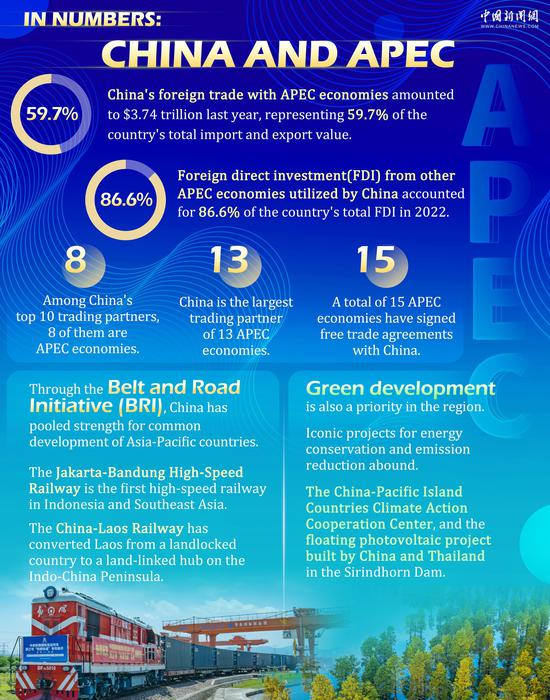




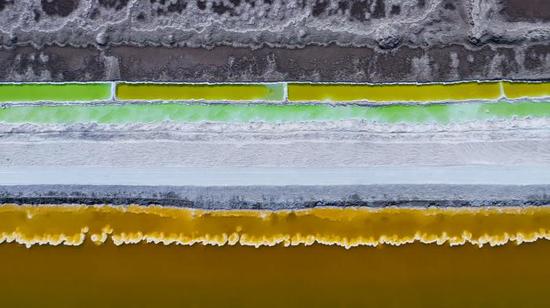
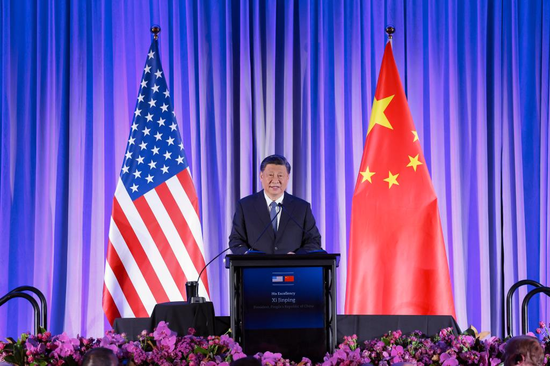


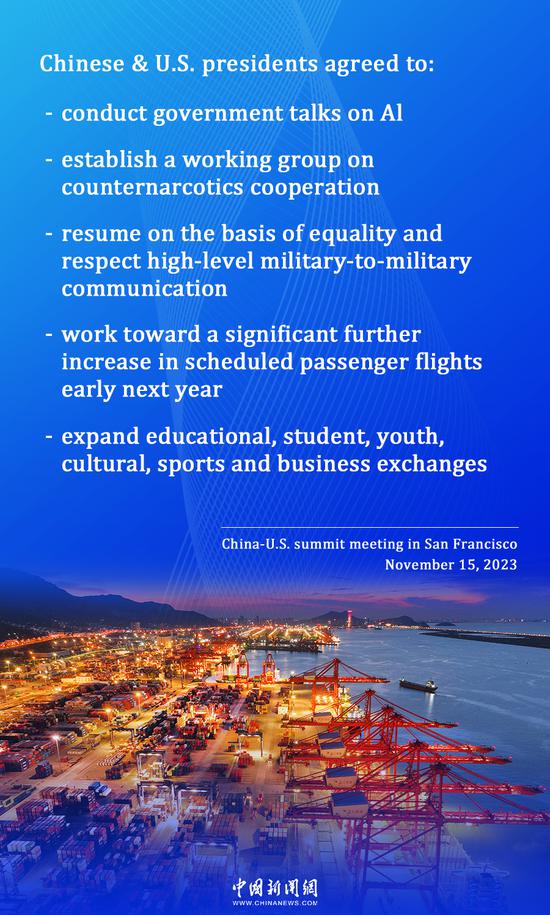
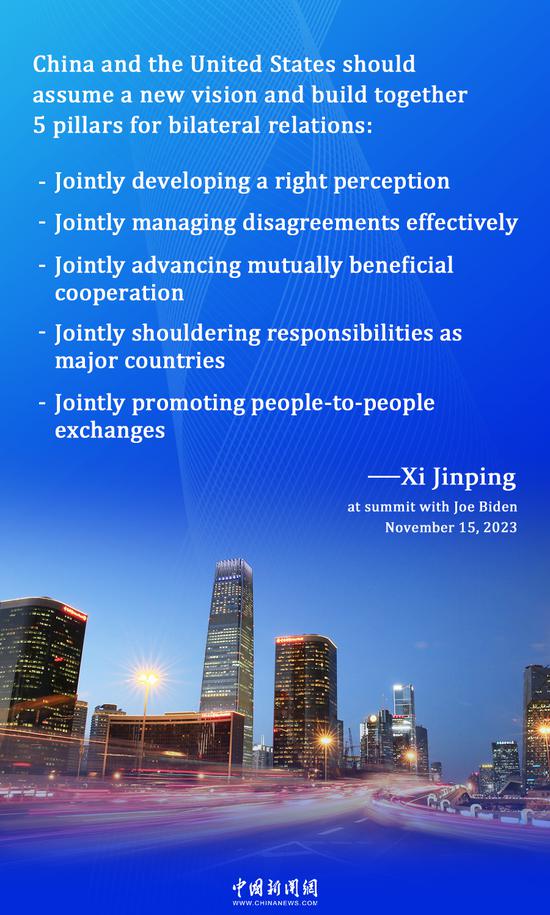
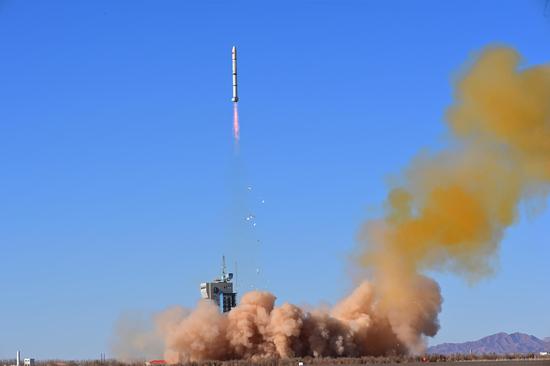






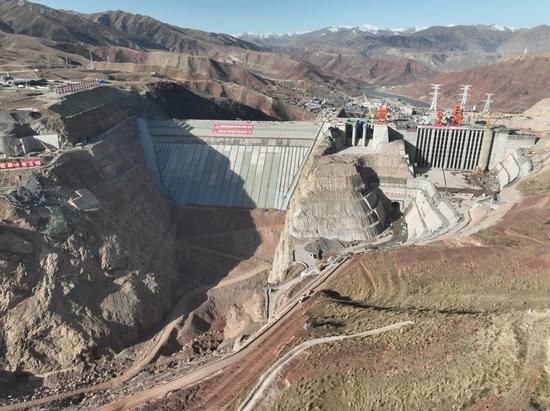

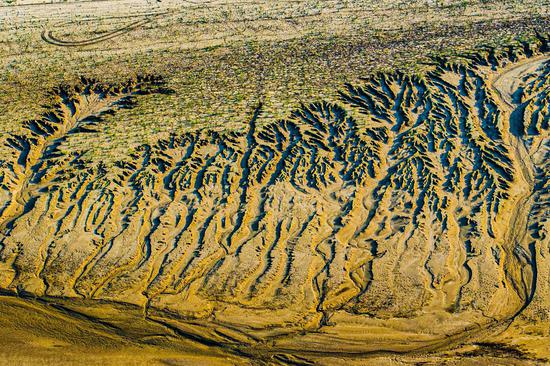

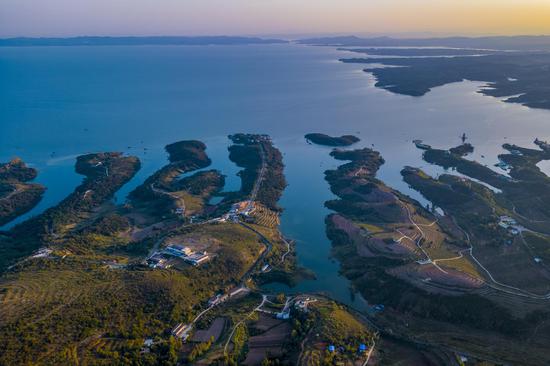



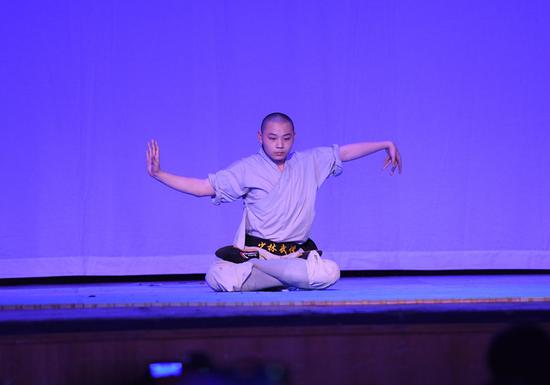
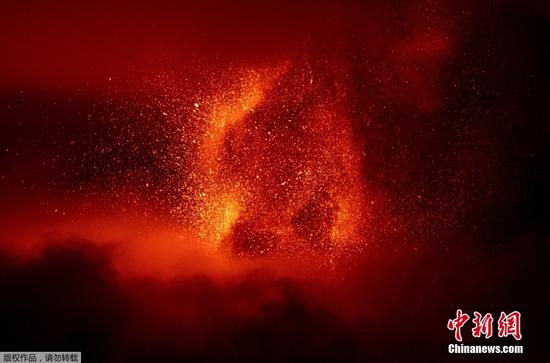




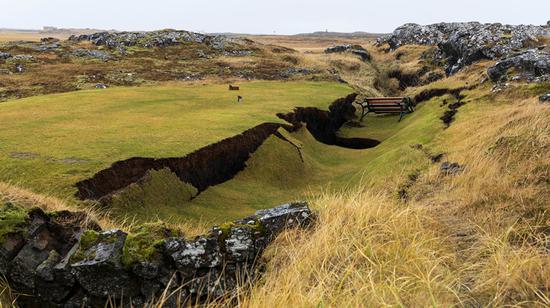

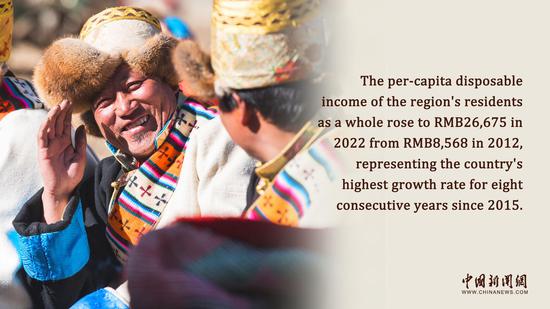
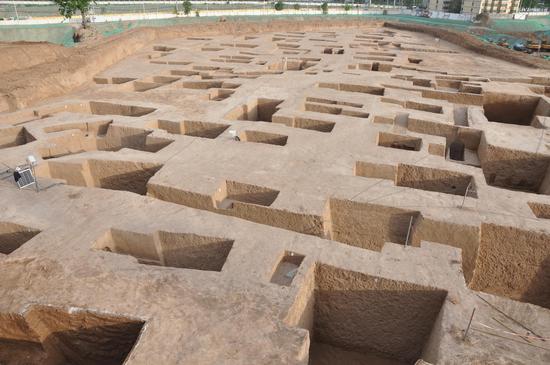
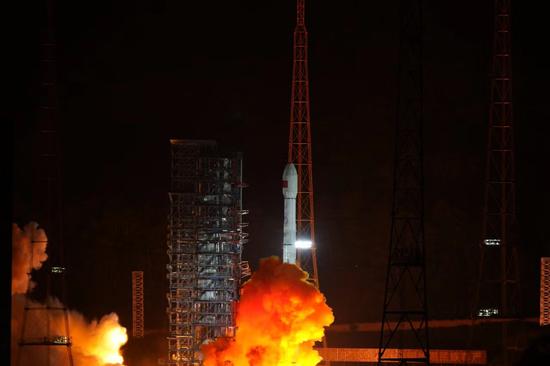





 京公网安备 11010202009201号
京公网安备 11010202009201号